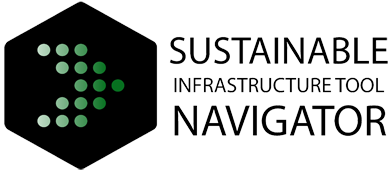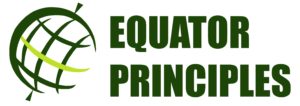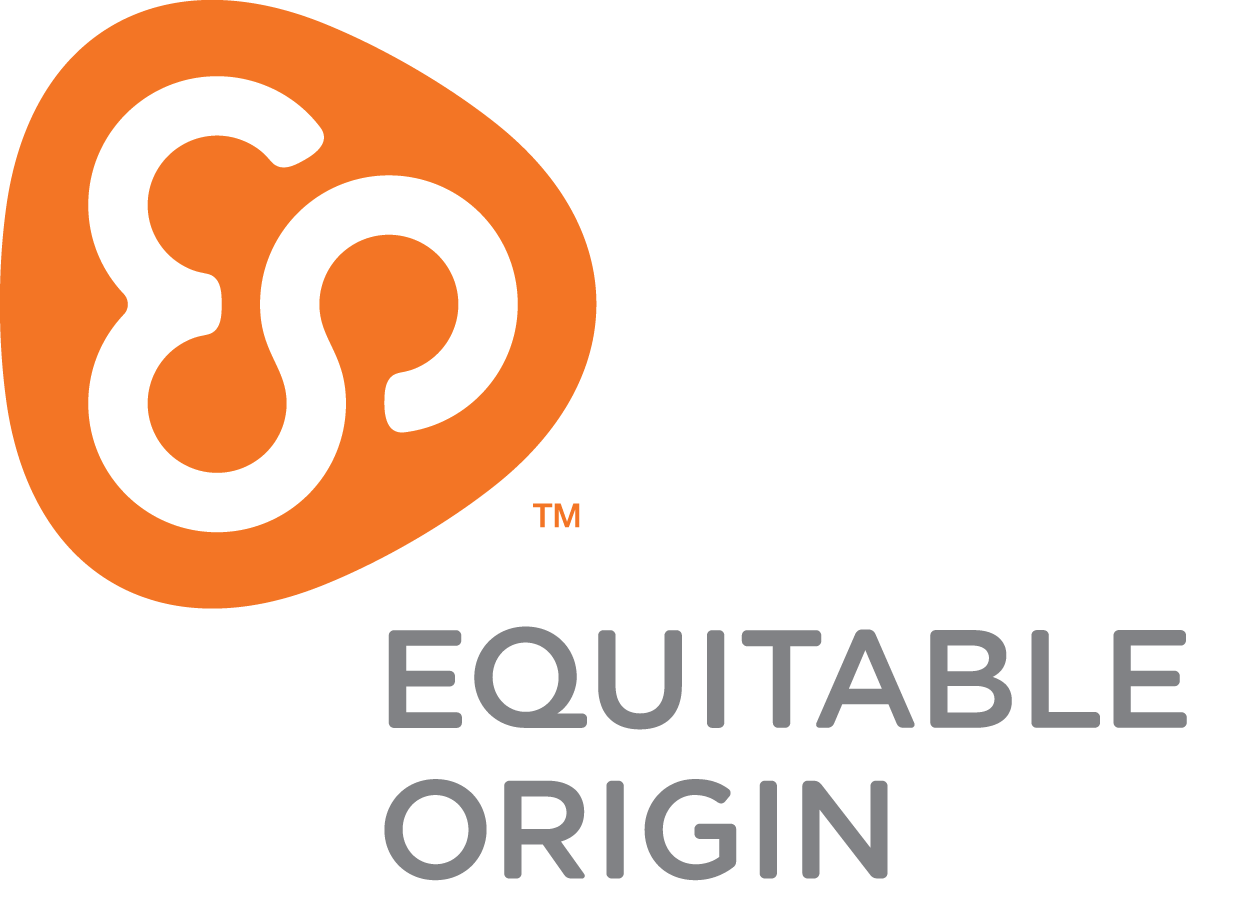
EnAble supports countries’ development through better planning, delivery and management of infrastructures. The tool is designed to help governments identify the gaps or bottlenecks that are inhibiting their ability to deliver sustainable and resilient infrastructure. Based on these gaps, EnAble can be used to support the identification of potential solutions, develop a pipeline of projects to build national, state, city, or ministerial capacity using technical and advisory services and to show progress against a measured baseline. EnAble was initially developed in 2018 and was previously called the Capacity Assessment Tool for Infrastructure (CAT-I).
Lifecycle Phase(s): Enabling EnvironmentConditions that enable the integration of sustainability practices (regulation, laws, frameworks etc.)., Strategic PlanningPublic authorities identify the needs and long-term vision for infrastructure development.
Type(s) of Tool: Modelling ToolsSimulate economic, social, and physical systems to help planners optimize outcomes from different decisions.




